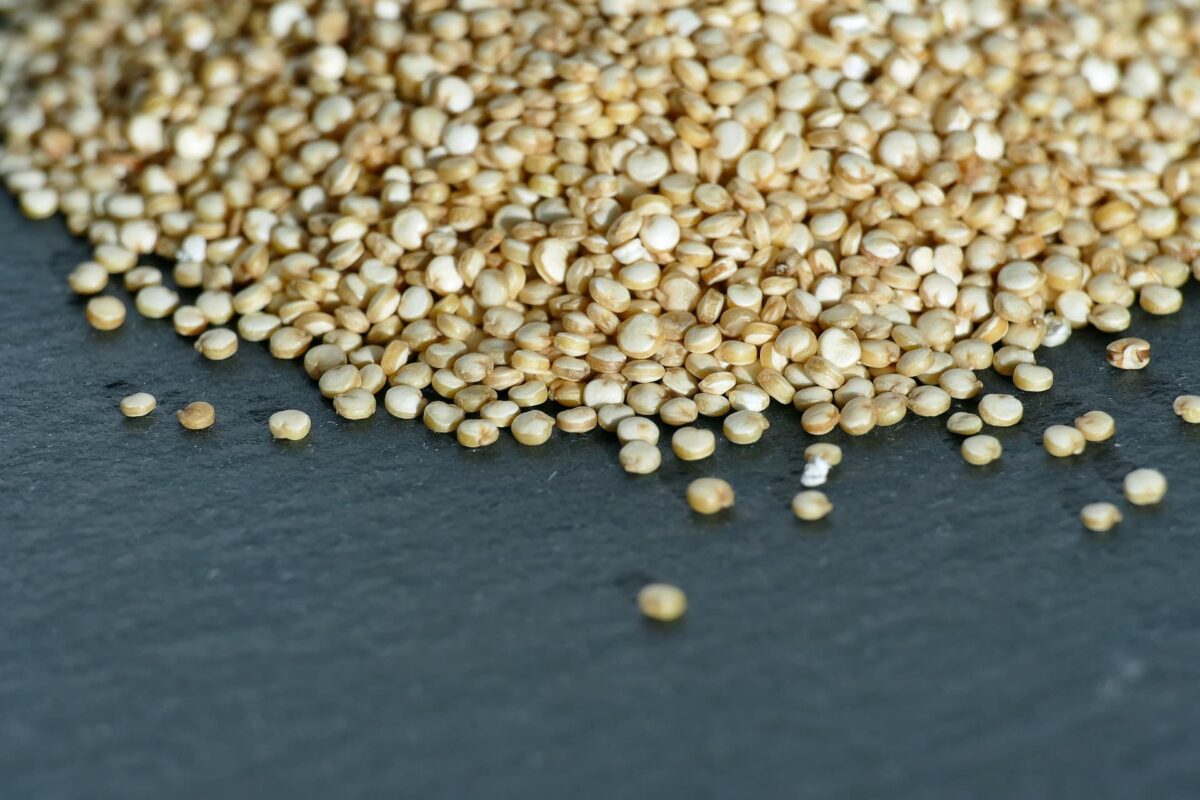«Peru rice»
Quinoa comes from South America and, for a long time, was the main staple in the population’s diet there. It was cultivated especially in the Andes, at altitudes of 4000 m and above, where corm no longer grows. The name «quinoa» comes from the Quechua language and means «mother of all grains», signifying that it was the main source of food. Quinoa is also referred to as Inca rice, Peru rice, Inca corn and Andes corn.


